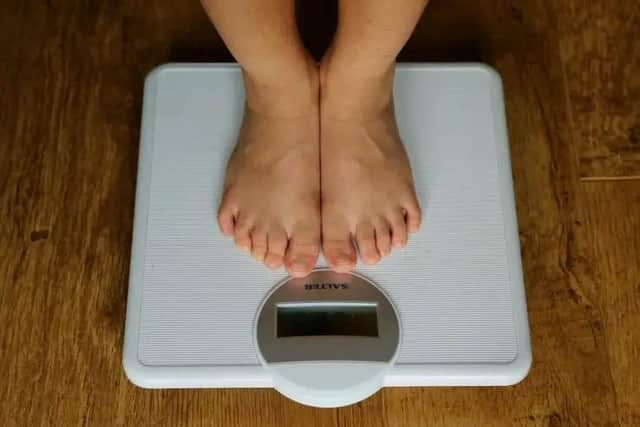Nearly a quarter of children finishing primary school in Derbyshire are obese
and live on Freeview channel 276
As the latest figures reveal inequality in obesity rates between pupils in deprived areas and their more affluent peers, the Royal College of Paediatrics and Child Health says it is "inherently wrong" that some youngsters are at higher risk of poor health before even leaving school.
NHS Digital figures show 22.1% of Year 6 pupils measured in Derbyshire schools were obese in 2021-22, including 5.4% who were severely obese, with a body mass index (BMI) in the top 0.4% for a child's age and sex. A further 13.9% of children were overweight, meaning 36% of Derbyshire's youngsters are unhealthily overweight when they finish primary school.


Advertisement
Hide AdAdvertisement
Hide AdThe figures show more older primary school pupils in the area are living with obesity than before the coronavirus pandemic – 19.7% of students measured were obese in 2019-20, the latest period with comparable local data. The data comes from the Government's annual National Child Measurement Programme – part of its approach to tackling obesity – which records the height and weight of year 6 and reception-age children in state-maintained schools across England to monitor obesity trends.
It revealed that 31.3% of 10 and 11-year-old children living in the most deprived areas of England were obese compared to 13.5% of those living in the least deprived areas.
Helen Stewart, officer for health improvement at the RCPCH, said the data "reaffirms the intrinsic link between obesity and poverty". She added: "We now find ourselves in a situation where our most vulnerable children are twice as likely to become obese, and subsequently be at a higher risk of chronic illnesses, mental health issues and even a shorter life span. It’s inherently wrong that these children can be placed at such a disadvantage before even leaving primary school."
Across England, obesity prevalence among both reception and year 6 pupils fell in 2021-22, to 10.1% and 23.4% respectively, following a rise the previous year. But the obesity rate for both classes is still higher than before the pandemic as the crisis "exacerbated an already bad situation", according to the Obesity Health Alliance.
Advertisement
Hide AdAdvertisement
Hide AdDirector Katharine Jenner said: "The precise causes will still need to be analysed, but we do know that sales of unhealthy food products increased during the pandemic. The small drop, likely to be a consequence of children returning to school post-pandemic and having regular snack and mealtimes, shows improvements are possible. But they will not drop further without political will from the highest levels of government."
She added that implementing obesity policies will have a "disproportional benefit" to those on low incomes. A government spokesperson did not comment on whether it would press ahead with its anti-obesity strategy, but said it is "committed to halving childhood obesity by 2030" through support schemes for vulnerable families, such as Healthy Start. "Over £150 million is spent every year to the Healthy Food Schemes to promote a healthy diet for children," they added.
